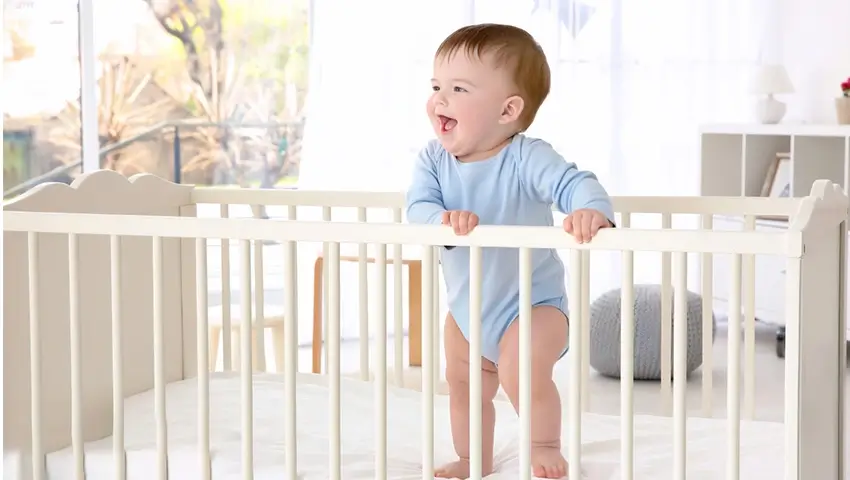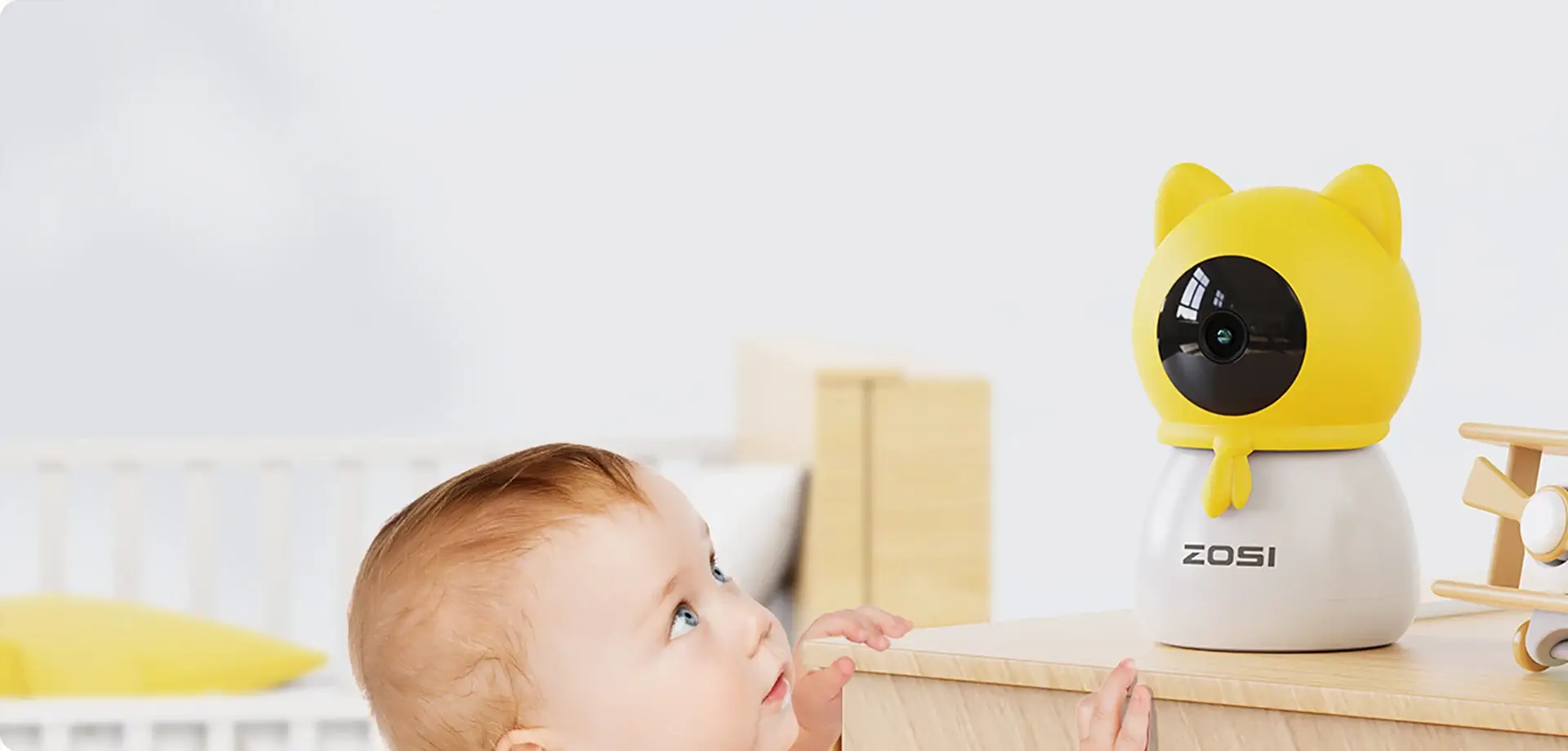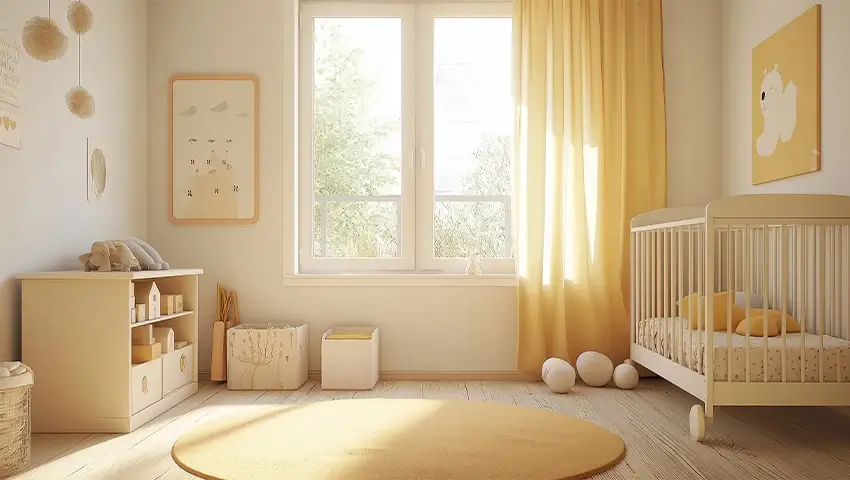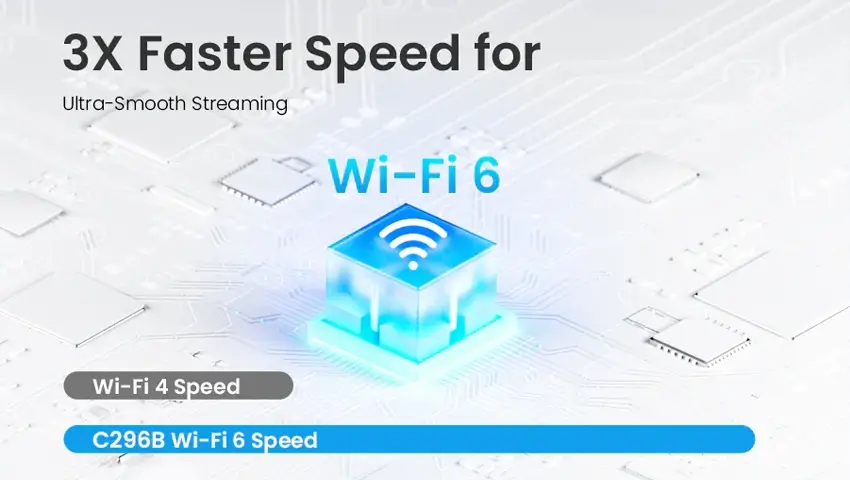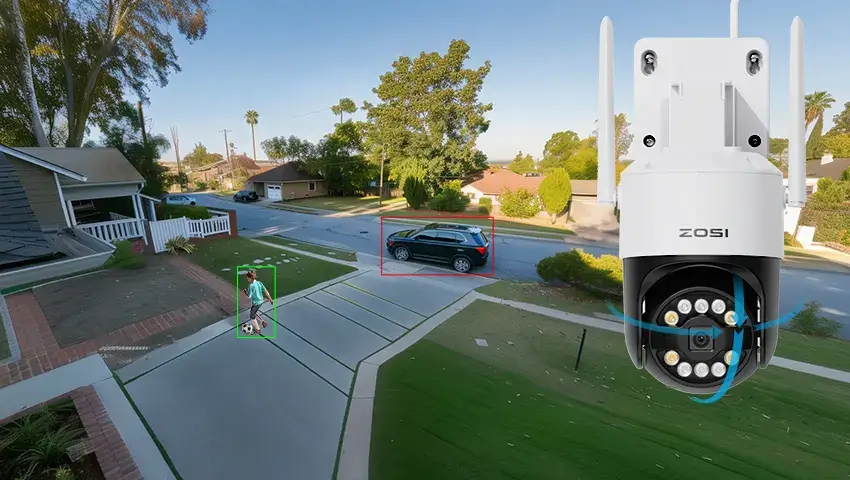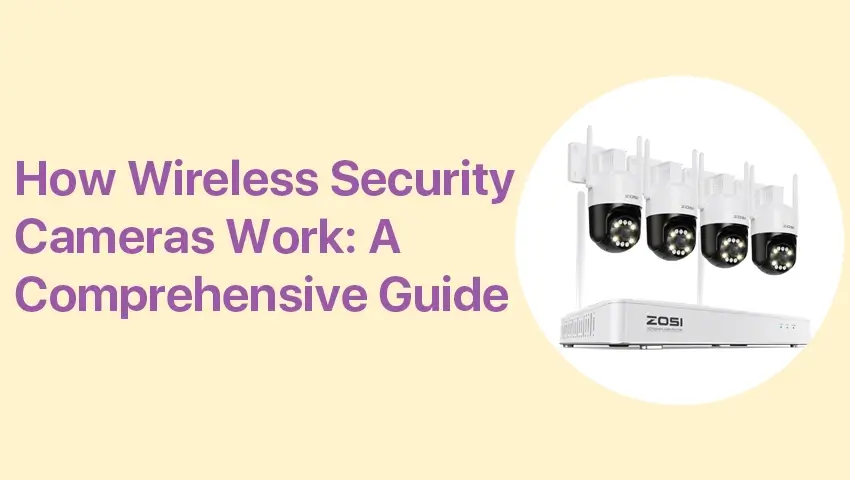For new parents, a baby monitor is more than just a device—it’s a gateway to peace of mind, offering reassurance that your little one is safe even when you’re not in the same room. But as your child grows, so does the question: “When should we stop using the baby monitor?”
This decision varies for every family, influenced by factors like your child’s age, development, and even your own parenting style. In this guide, we’ll explore the role of baby monitors, how to identify the right time to transition, and practical tips for letting go.
Contents
Why Baby Monitors Are a Lifesaver in the Early Years
Baby monitors serve as the eyes and ears for parents, allowing you to stay connected to your baby even when you’re apart. Here’s why they’re so indispensable:
- Safety and Reassurance: They provide an added layer of safety by alerting you to sounds, movements, or irregular breathing patterns.
- Convenience: Whether you’re working in another room, relaxing after bedtime, or even outside in the garden, a monitor keeps you informed.
- Advanced Features: Modern monitors often include high-definition video, two-way audio, motion detection, and night vision, making them a versatile parenting tool.
During the early months, these features are invaluable. They help new parents manage the anxiety that often comes with caring for a newborn.
Key Factors to Consider Before Retiring the Monitor
As your baby grows, you’ll begin to wonder if the monitor is still necessary. Here are key factors to help guide your decision:
1. Your Child’s Age and Development
Most parents start questioning the need for a monitor as their child enters the toddler stage, typically around 2–3 years old.
Milestones like the ability to communicate needs, walk independently, or navigate the house confidently often signal the right time to transition.
2. Sleeping Habits
If your child has outgrown night wakings or frequent disturbances, you might find the monitor less essential.
For babies who have transitioned to their own room and established a consistent sleep routine, you’ll likely rely on the monitor less frequently.
3. Your Parenting Style
Some parents value the constant connection a monitor provides, while others feel it fosters over-dependence.
Assess your comfort level—your peace of mind is just as important as your child’s safety.
Signs It’s Time to Move On
There’s no universal answer to when you should stop using a baby monitor, but here are some signs it might be time:
- Your Child Sleeps Through the Night: If your child no longer wakes up frequently, the monitor might be unnecessary.
- They Can Call Out for You: When your little one can shout “Mommy!” or “Daddy!” from their room, you might not need to rely on a monitor anymore.
- Room Proximity: If your child’s room is close enough for you to hear without a monitor, natural sounds might suffice.
- You Feel Overly Dependent: If checking the monitor has become a source of anxiety, it might be time to ease up.
Easing the Transition: Practical Tips
Transitioning away from a baby monitor can be nerve-wracking, especially if it’s been part of your routine for years. Here are some steps to make it easier:
- Turn Off for Naps: Start by turning off the monitor during daytime naps to test your comfort level.
- Trust Natural Cues: Rely on your natural ability to hear your child, especially if they’re in a nearby room.
- Keep It as a Backup: Retain the monitor for special situations, like travel, health concerns, or unusual disruptions to the routine.
For parents who find it hard to let go, remember that this is a gradual process. Trust builds with time.
Situations Where a Monitor Might Still Be Useful
In some cases, it’s perfectly reasonable to keep using a monitor longer:
- Health or Special Needs: If your child has a medical condition or requires extra monitoring, the device remains a vital tool.
- Unfamiliar Environments: For trips or vacations, a monitor can provide added peace of mind in new surroundings.
- Sibling Monitoring: Monitors can also be repurposed to keep an eye on younger siblings or shared play areas.
Moving Beyond the Baby Monitor: What’s Next?
As your child grows, you may find other monitoring tools more suitable for your evolving needs. Security cameras, for example, are a great alternative to baby monitors. They offer a broader range of features for long-term use, such as:
- Indoor Cameras for Playrooms: Perfect for keeping an eye on kids while they play independently.
- Whole-Home Monitoring: Indoor and outdoor cameras can provide comprehensive safety for your family as a whole.
ZOSI offers a wide range of smart security solutions that grow with your family, from baby monitoring to overall home safety.
Trusting Your Parenting Instincts
Ultimately, deciding when to stop using a baby monitor comes down to your instincts as a parent. While technology is an excellent support tool, your judgment and understanding of your child’s needs are irreplaceable.
Choosing the Right Baby Monitor for Peace of Mind
If you’re still using a monitor or considering an upgrade, it’s important to select one that meets your needs. The ZOSI C516 Baby Camera is an excellent option for parents.
Here’s why it stands out:
- High-Definition Clarity: 4MP resolution ensures crystal-clear images.
- Dual-Band WiFi: Compatible with both 2.4GHz and 5GHz networks for stable connections.
- Advanced Detection Features: Rollover/Covered Face/Cry detection
- Ample Storage: Supports up to 256GB of storage, ideal for recording special moments.
It’s more than a baby monitor—it’s a long-term investment that grows with your family’s needs.
4MP PTZ 2.4GHz/5GHz Baby WiFi Secrity Camera - 1NC-516
- 4MP Super HD
- Track baby’s motion
- Dual Bands WiFi
- Hands-free Voice Control
- Smart Detection
- Two-Way Video Calling
Conclusion
Knowing when to stop using a baby monitor is a personal journey that depends on your child’s milestones, your family’s routine, and your comfort level. The key is to balance caution with confidence, ensuring your child is safe while allowing them the independence to grow.
And as you transition away from the baby monitor, ZOSI is here to help with innovative security solutions designed for every stage of family life. Whether it’s keeping an eye on your toddler’s playroom or safeguarding your home, we’ve got you covered.
